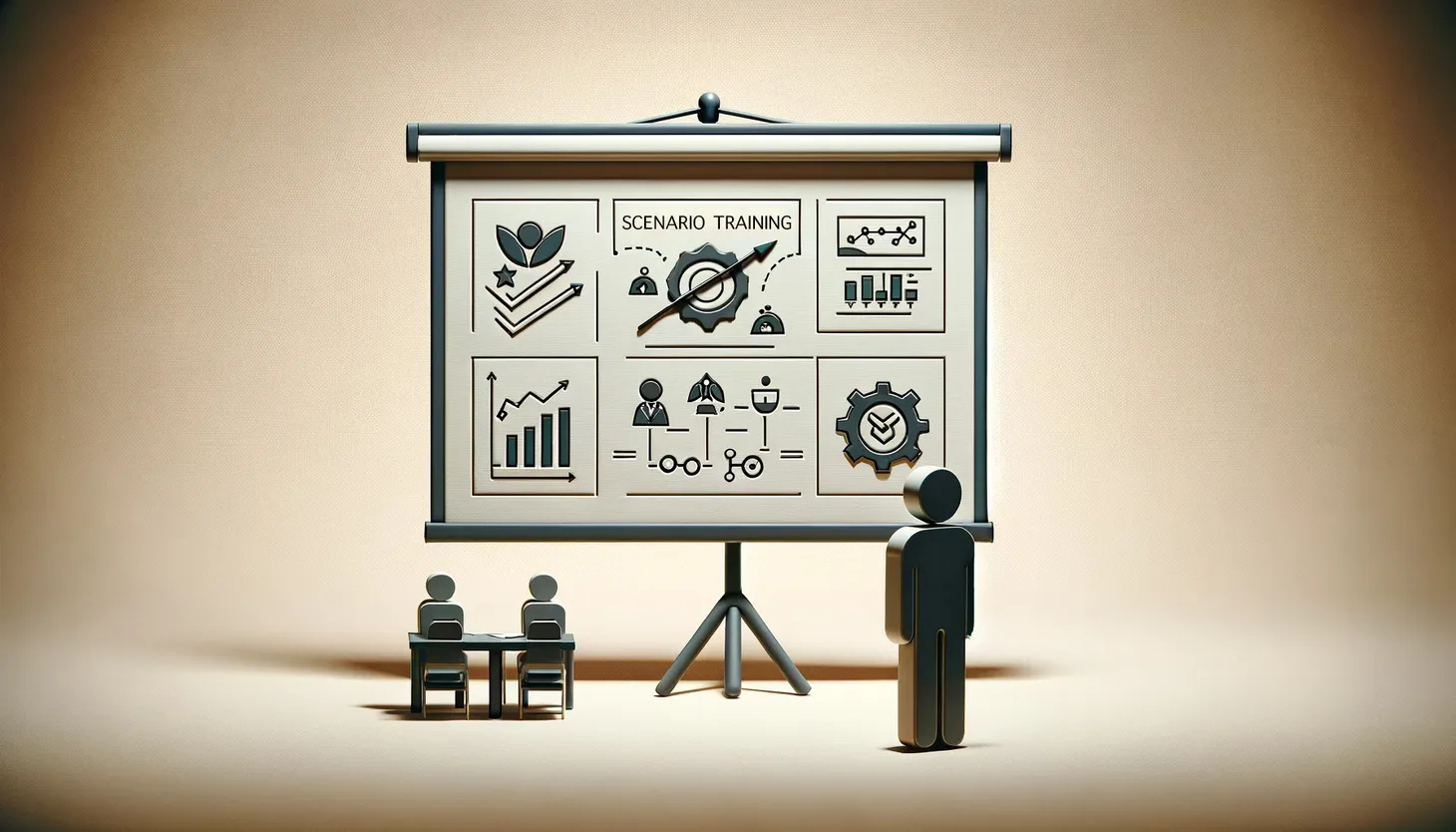The Art of Giving High Fives: Transforming Praise into Performance

Table of Contents
I grew up in the Midwest farming country in the United States. It's known for being "flyover country" (boring) and for its work ethic.
But it has its own ethos; for example, You're expected to work hard; doing a good job is the minimum expectation. You're done when the work's done, not when the clock hits a number. Being on time is late. Being early is on time. This region, often overlooked, taught me the profound impact of diligence and how important it is to acknowledge good work. As I transitioned from an individual contributor to a manager, I saw how judicious praise could significantly enhance team dynamics and performance.
The Right Time for Recognition
Immediate recognition of a job well done has a multiplier effect on its value. Delay dilutes impact, whereas timeliness ensures the praise is relevant and resonant. It's about making a connection at the moment, reinforcing positive actions while they're fresh and most meaningful.
Crafting Meaningful Praise
Be precise in your commendations. Ambiguity diminishes impact, but detailed, personal feedback amplifies it. Direct interactions, whether in person or through technology, carry more weight than impersonal acknowledgments. Phrases like, "Chris, your presentation nailed it—concise, visually compelling, and thoroughly prepared," or "Riley, your client engagement was proactive and insightful, showcasing our commitment to tailored solutions," highlight specific achievements and set benchmarks for excellence.
Balancing the Scales of Appreciation
Recognition is a tool that you must wield with care. Overpraising someone can lead to complacency, while under-praise can demotivate. Finding that balance is vital to maintaining high standards and encouraging continuous improvement.
Documentation: The Backbone of Recognition
Incorporating accolades into performance evaluations celebrates past achievements and sets the stage for future successes. Documenting these moments provides a narrative of growth, both for the individual and the team.
Cultivating a Culture of Recognition
In conclusion, effective praise is an essential element of successful management. It's not merely about acknowledging the good; it's about inspiring greatness. You elevate individual performance and foster a culture of achievement and collaboration by offering timely, specific, and balanced recognition. As managers, our challenge is to harness the power of recognition to fuel our teams' drive, dedication, and development. Let's make every high five count, transforming simple gestures of appreciation into catalysts for lasting impact.
Frank Blecha Newsletter
Join the newsletter to receive the latest updates in your inbox.




